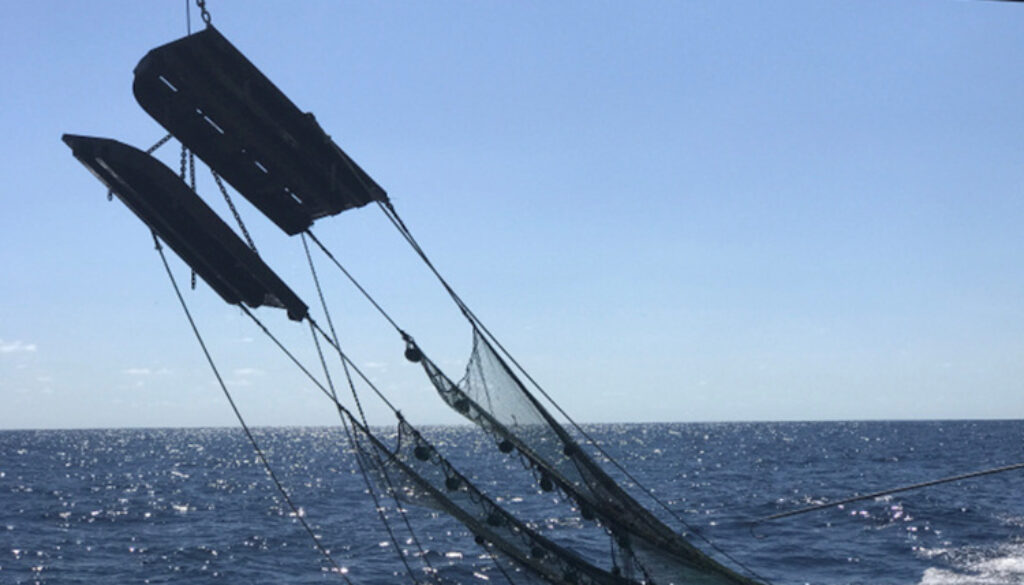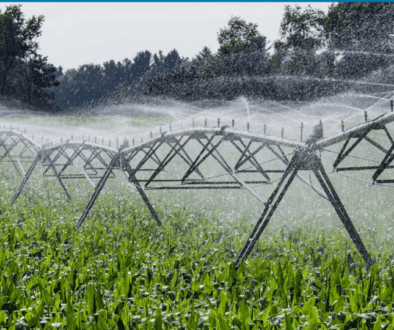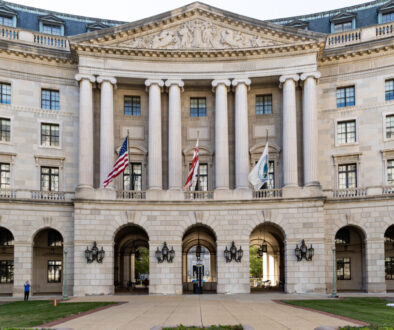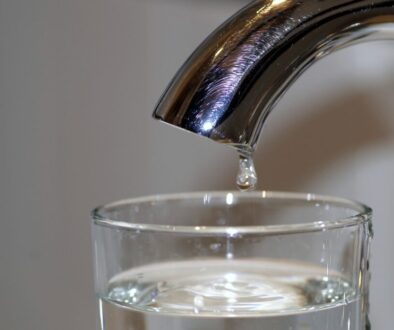NOAA is damaging marine life by bottom trawling Gulf of Mexico
By Shannon Kelleher
A U.S. government agency that is supposed to protect ocean resources is instead endangering coral reefs, fish, and other marine life as it collects data from the Gulf of Mexico, an environmental watchdog group alleged this week.
In an Aug. 29 letter, Public Employees for Environmental Responsibility (PEER) called on the National Oceanic and Atmospheric Administration (NOAA) to stop scraping the ocean floor in the Gulf of Mexico with heavy nets for collecting data to inform fisheries management. PEER is a Washington, DC-based group that works to expose improper government actions related to the environment.
PEER said it received concerning information from a NOAA scientist about the practice, and a review of NOAA’s own data demonstrates that the “bottom trawling” may inflict irreparable damage on sea floor habitats that can last for years.
“Ironically, NOAA’s own marine protection policies are designed to minimize the very type of damage these research trawls cause,” PEER Executive Director Tim Whitehouse said in a press release. “We believe that the damage caused outweighs the marginal research value of these trawls.”
PEER said the trawls involve dragging heavy nets, large metal doors, and chains over the sea floor to catch fish, similar to industrial fishing. The trawls sometimes result in nets abandoned in the ocean, where they can entangle sea turtles and other marine animals, PEER said. Additionally, the trawling dredges up coral and sponges, many of which are not actually studied but are simply discarded.
There are alternative methods NOAA can use that are less harmful, PEER maintains.
“Because these bottom trawls are designed to fish directly on the sea bottom, live sea bottom habitats and the associated fauna can be irreparably damaged or killed,” Whitehouse wrote in the letter of complaint to NOAA Administrator Richard Spinrad. “When these ecosystems are damaged the effects can be ecologically catastrophic and long term.”
Each summer and fall, NOAA’s Southeast Area Monitoring and Assessment Program (SEAMAP) conducts bottom trawl surveys in a stretch of the Gulf that spans from offshore of Brownsville, Texas to west of central Florida. The agency surveys provide data that aid in the management of state and federal marine fisheries, including populations and trends seen in ocean species. NOAA began conducting the trawl surveys in the Gulf of Mexico in the early 1970s, expanding the practice in 2008 and again in 2010.
SEAMAP conducted a total of about 2,546 trawl operations in the eastern Gulf alone from 2008 to 2015, sweeping about 100 square kilometers of seafloor. A 2018 NOAA report found that in 133 instances, trawl gear was lost or damaged. Many tows could not be hauled aboard due to the weight of the corals and sponges they snagged from the seafloor.
“Efforts to avoid and/or minimize gear loss/damage and encounters with coral, sponge and other live bottom habitats during SEAMAP trawl operations in the eastern GOM has been an evolving process,” the report stated.
The report concluded that avoiding “live bottom areas” could impact the “value and uniqueness” of the data gathered by the bottom trawling.
The data is used to make “scientifically informed decisions,” said Katie Wagner, a spokesperson for NOAA. “These data help ensure the sustainability of the Gulf of Mexico’s pink shrimp and red snapper populations, as well as several other finfish populations.”
“All agency research activities carried out aboard government operated vessels or chartered vessels operating under an agency contract meet all requirements for scientific research,” said Wagner. “The agency values its role in protecting and understanding our nation’s marine resources, and scientific experts continuously refine and evaluate our scientific sampling approaches to mitigate potential impacts that may occur.”
Photo Credit: NOAA




